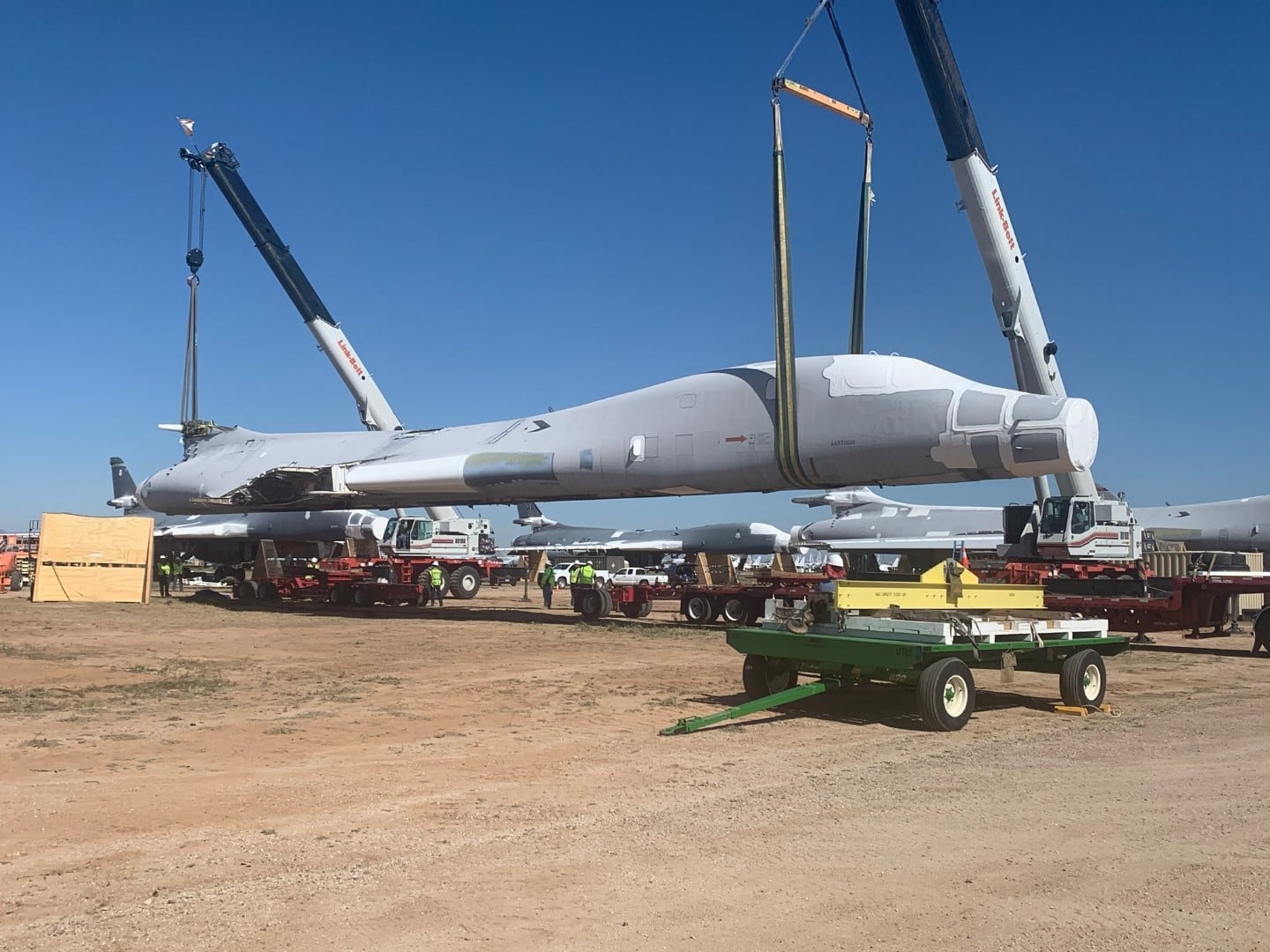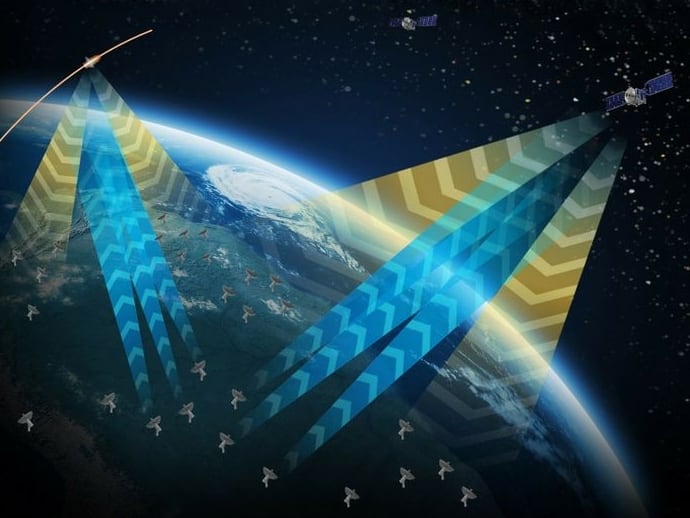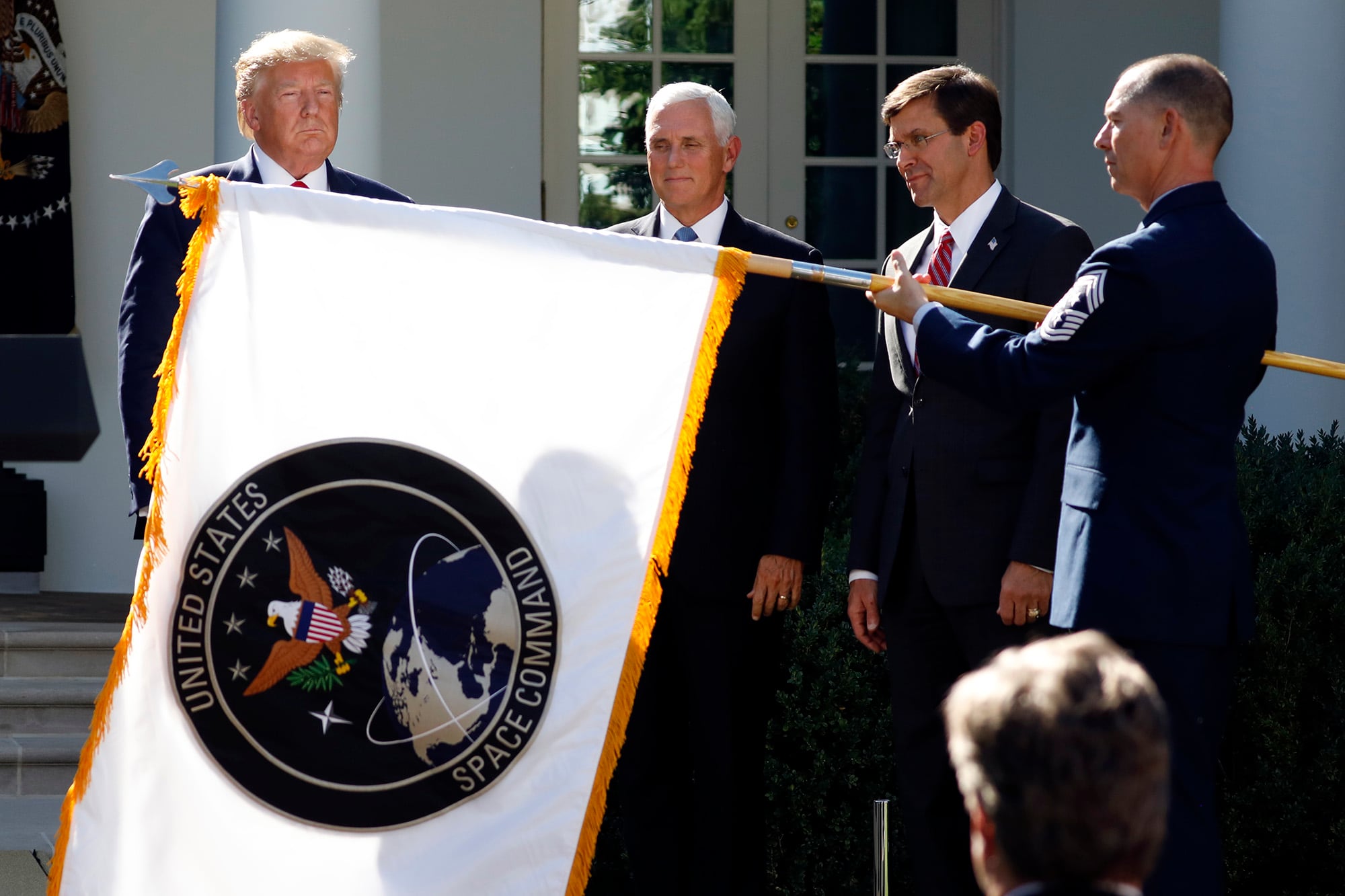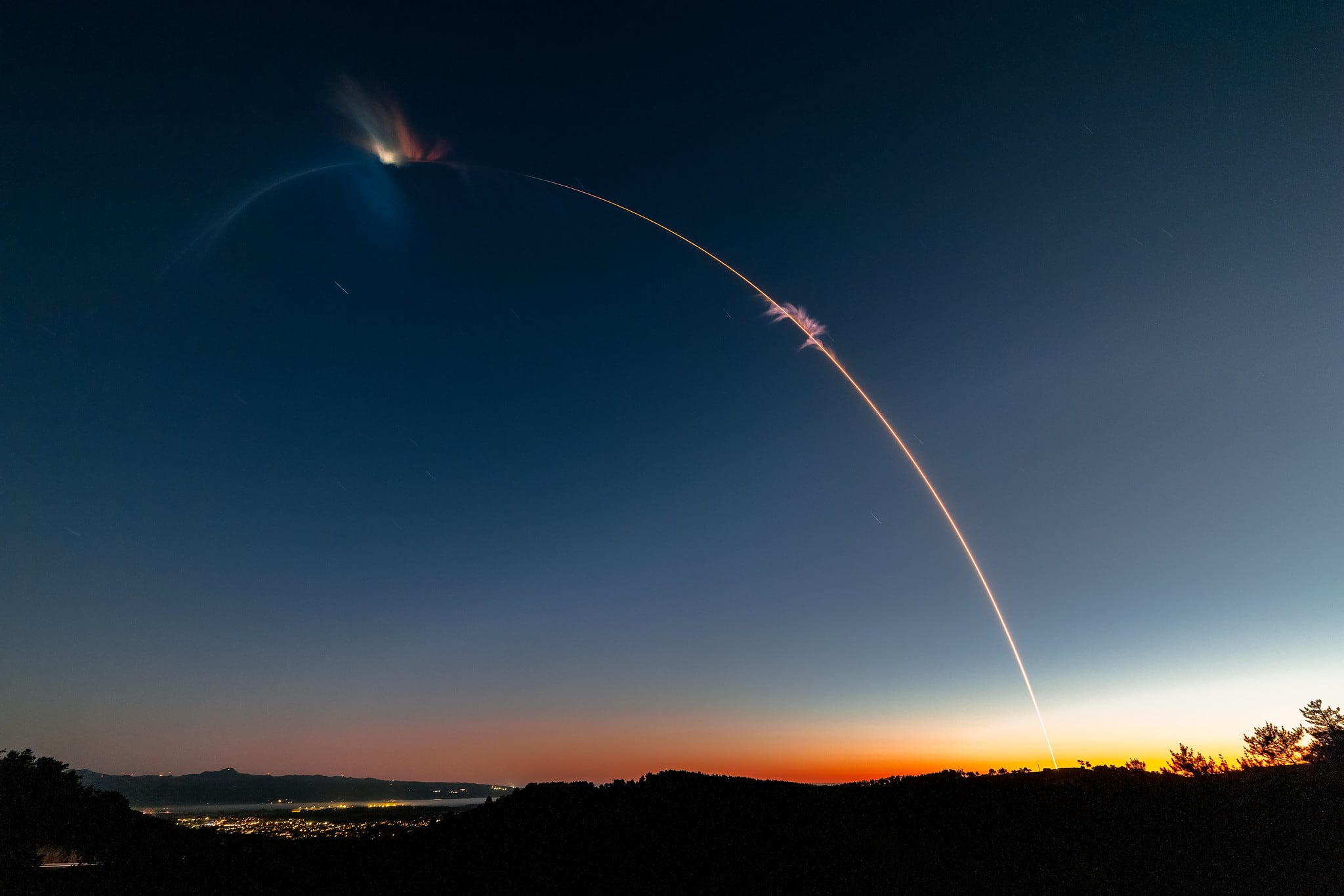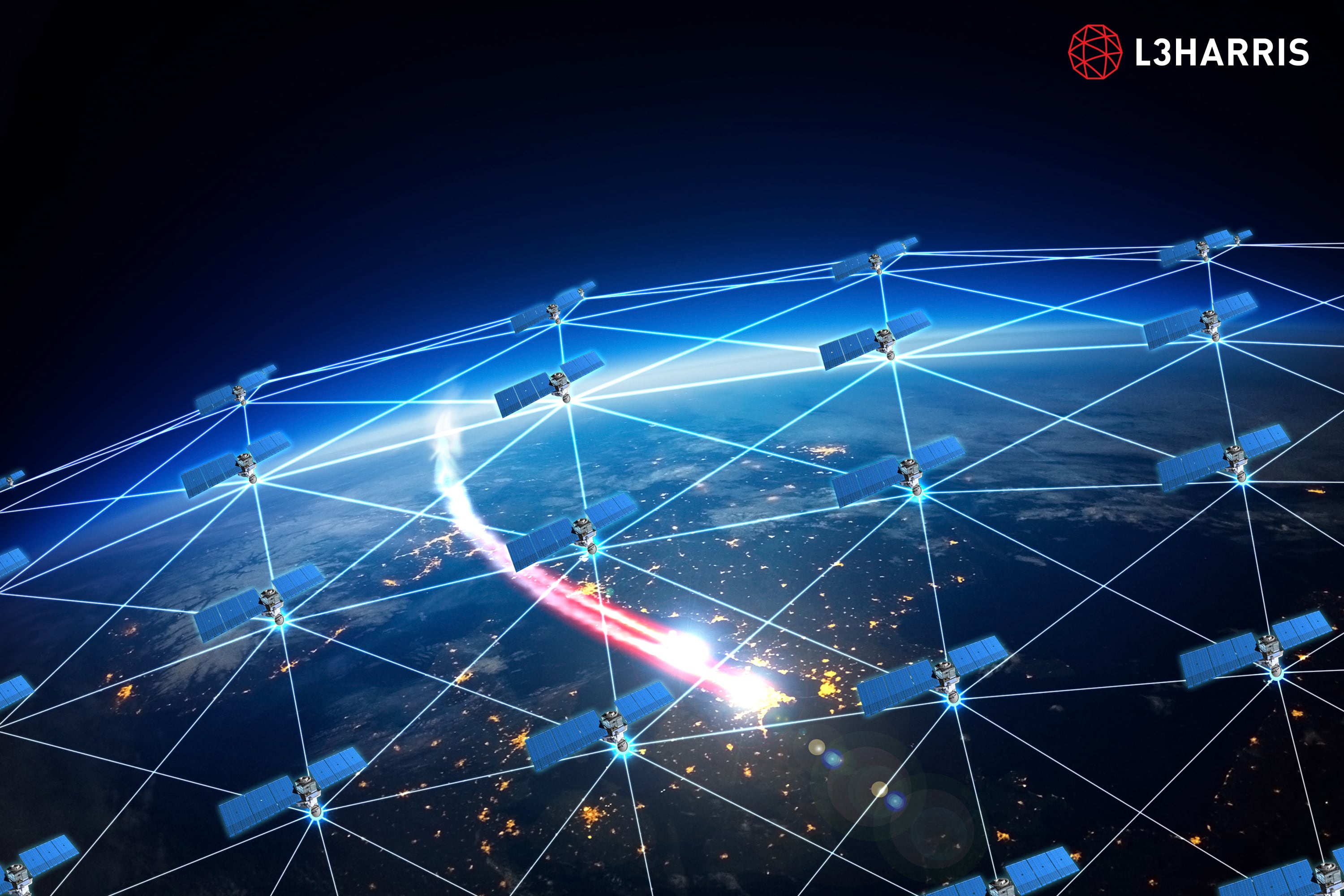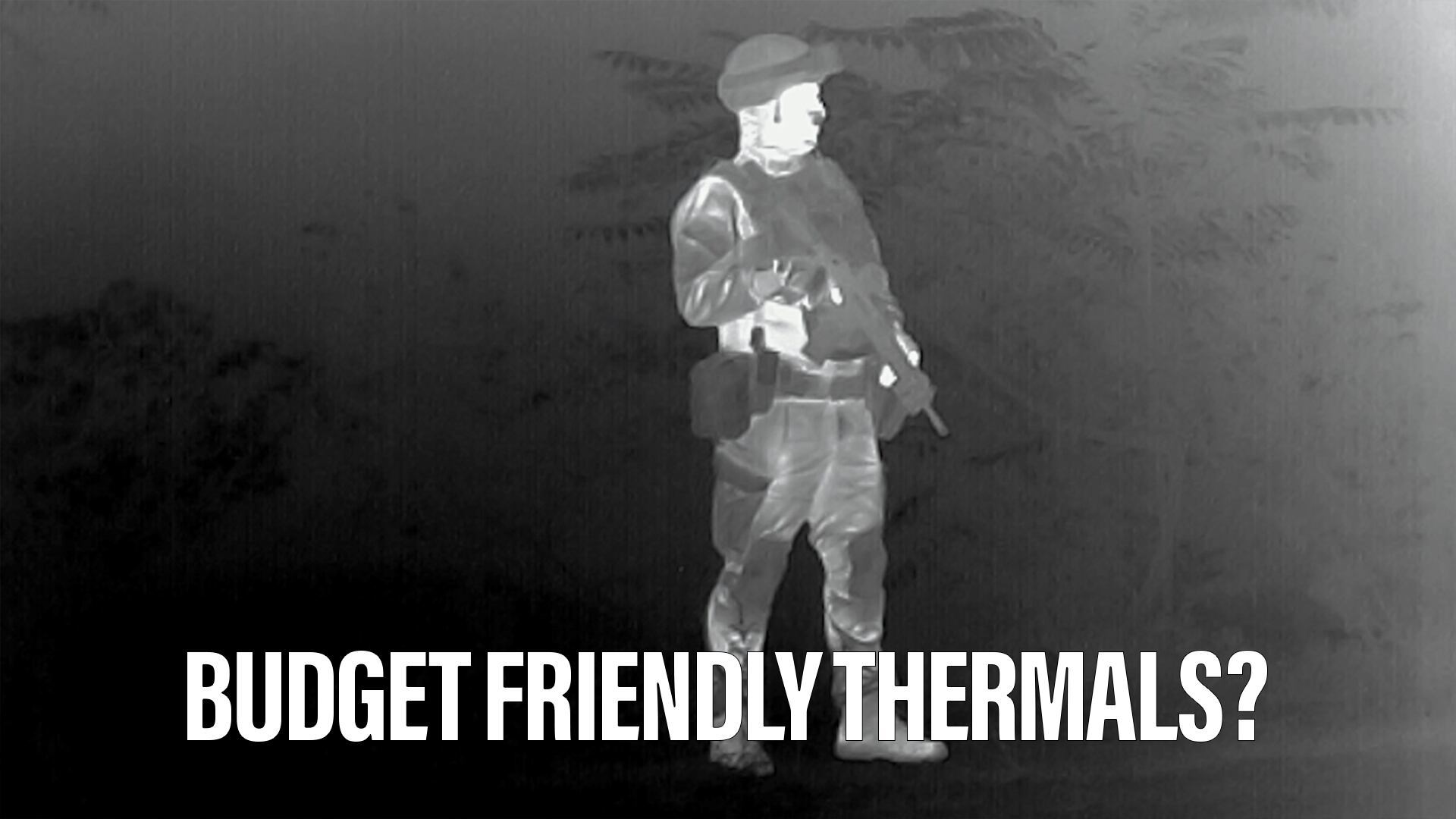The integration of advanced technologies including artificial intelligence, digital twins, and augmented reality/virtual reality is drastically changing traditional approaches to aircraft maintenance and repair. Military and aerospace manufacturers are increasingly turning to innovative solutions to optimize maintenance procedures, enhance safety protocols, and reduce operational costs.
The aerospace, defense and other industrial sectors have a mission need to modernize their infrastructure to improve the operational efficacy by using digital twin technologies. The existing processes of operation, training and maintenance heavily relies on two-dimensional paper-based manuals with minimal digital modeling available.
RELATED
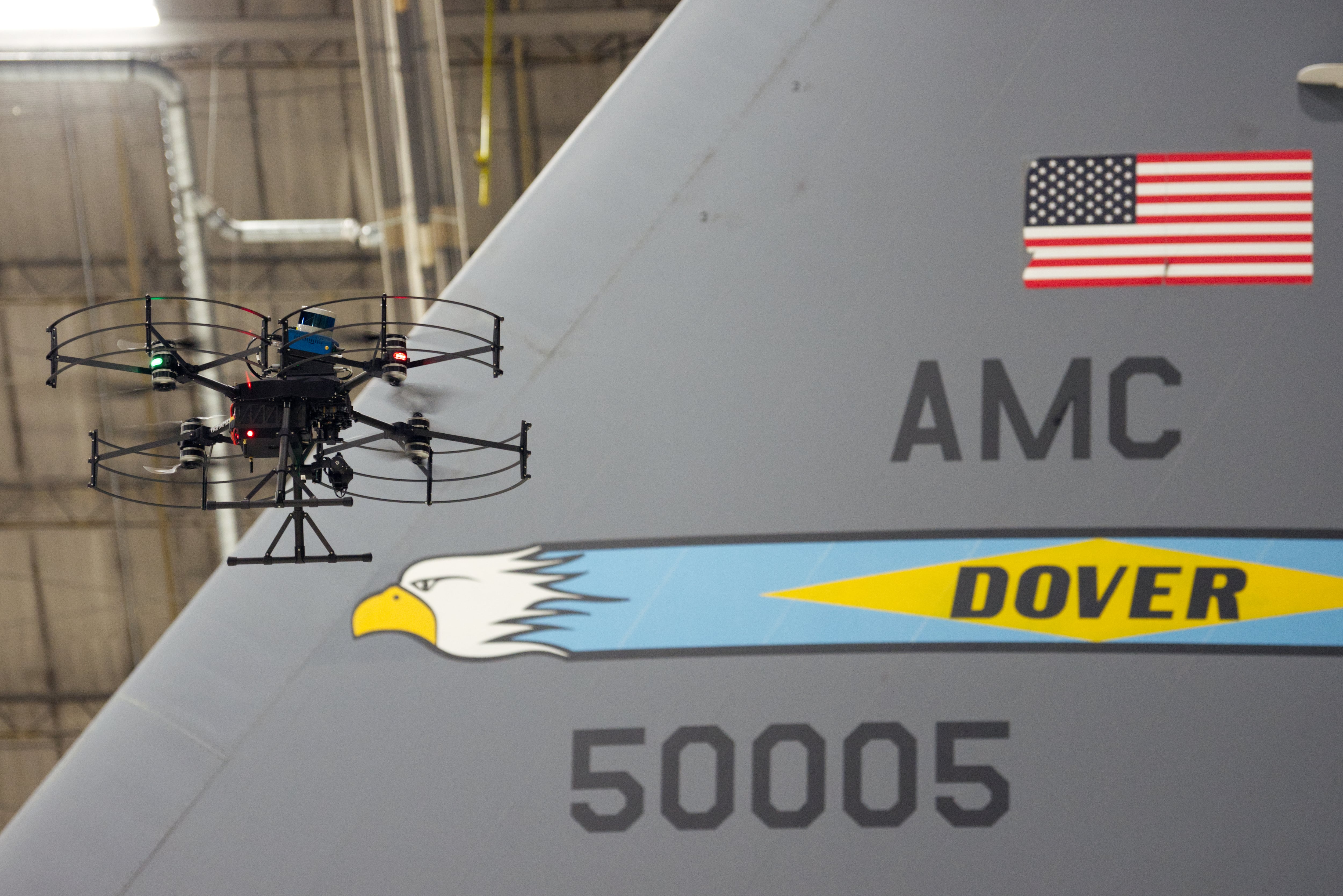
The lack of existing digital models severely hampers operational efficiency, mission planning and aircraft readiness. Digital twins now revolutionize the way we design, build, operate, and repair physical objects and systems. The digital transformation of the industrial processes requires it to incorporate digital twin technologies that help provide the best possible tools for decades to come.
Aerospace manufacturers and military aircraft service and repair crew still face a bevy of challenges, including a lack of extensive 3D CAD models. For legacy aircrafts, very limited 3D models are available, and most of the models, requirements, and specifications are in 2D form. Generating accurate 3D models using dedicated scanners and digital modifications based on the 2D data using traditional methods is very expensive and time consuming. Additionally, most 3D scanning software keep the models in proprietary formats significantly limiting the usefulness of the models due to restricted interoperability.
Additional challenges include the ability to Incorporate the generated 3D models into existing SysML workflows and/or creating flexible workflows which are not tied into proprietary models and systems. To simulate the standalone behavior of each model and sub-system, as well as the interaction between different sub-systems, manufacturers need to incorporate the 3D model and their physical behavior into a system simulation model using SysML. This requires creating a framework for ingesting all the individual and combined system requirements into a SysML workflow, parameterizing the model configurations, simulating, and monitoring the behavior of individual components as well as their interactions.
AI-powered predictive maintenance
Maintenance for military and defense aircraft has traditionally relied on scheduled checks and reactive repairs based on reported issues. However, AI-driven predictive maintenance is now transforming this approach by leveraging data analytics and machine learning algorithms to predict potential failures before they occur. Airlines are harnessing AI to monitor vast amounts of data collected from sensors embedded within aircraft components, engines, and systems. This real-time data is analyzed to detect subtle patterns indicative of impending malfunctions or performance degradation.
AI algorithms can detect anomalies in data patterns, such as engine temperature fluctuations or irregular vibration signatures, which might indicate underlying issues. By continuously monitoring and analyzing this data, AI can accurately forecast when specific components might require maintenance or replacement, enabling airlines to schedule repairs proactively during routine maintenance intervals. This shift from reactive to predictive maintenance not only enhances safety by reducing the risk of unexpected failures but also optimizes operational efficiency and minimizes downtime.
The role of digital twins
Digital twins are virtual representations of physical assets, such as aircraft, created using real-time data collected from sensors, historical maintenance records, and operational inputs. This technology enables aerospace manufacturers and airlines to simulate and visualize the performance of aircraft components and systems in a virtual environment. By integrating AI algorithms into digital twin models, operators can gain valuable insights into the health and operational status of individual aircraft and their components.
For aircraft maintenance, digital twins offer a transformative approach by providing a comprehensive understanding of an aircraft’s condition and behavior. Maintenance crews can utilize digital twins to simulate different operational scenarios and assess the potential impact on aircraft performance and maintenance requirements. This allows for more accurate planning of maintenance activities, optimized spare parts inventory management, and enhanced decision-making based on predictive analytics.
Digital twins also facilitate remote monitoring and diagnostics, enabling maintenance teams to identify issues without physical inspection. For instance, using real-time data from digital twins, AI algorithms can recommend specific maintenance actions based on the current condition of critical components, thereby reducing the need for manual inspections and improving overall maintenance efficiency.
Incorporating 3D technology
Leading digital twin solution providers today are reshaping how industrial sectors utilize AI and spatial computing for digital twins, automation and robotics applications. These providers leverage the advancements in immersive XR interfaces, AI, and cloud technologies to provide an open, modular, high-precision, and scalable AI-powered cloud platform for fast, accurate and cost-effective 3D digital twin creation that boosts efficiency, automation and productivity in manufacturing, operations, training and sustainment.
With the proliferation of high-quality sensors, namely high-resolution color cameras, depth sensors (such as LIDARs), motion sensors, and eye-trackers, built into these COTS devices – providers have access to very high-quality spatial data to generate accurate 3D spatial maps in near real-time. Companies are primarily limited by the computation and power (battery) of these mobile devices. Today’s platforms streamline 3D scanning and digital twin workflows while using cloud computing to enable affordable consumer hardware to exceed its standard capability.
These solutions overcome mobile device limitations in battery life and computation by processing data in the cloud (on premises/air gapped or remotely such as AWS GovCloud). This enables rapid generation of detailed 3D models with millimeter accuracy from sensors in mobile phones, tablets, and XR headsets with full fidelity of the model and no noticeable lag.
By moving the most intensive processing tasks to the cloud, AI-driven software produces high quality point clouds from inexpensive COTS devices. This significantly accelerates digital twin creation compared to traditional methods. Today’s newer commercial solutions enable fast and accurate 3D point cloud generation using an XR headset as the capture device, while processing all the data on a server PC.
AR/VR applications in maintenance
Augmented Reality (AR) and Virtual Reality (VR) technologies are reshaping aircraft maintenance procedures and technician training programs. AR overlays digital information onto the technician’s field of view, providing real-time guidance and instructions during maintenance tasks. For example, AR can superimpose schematics, checklists, or diagnostic data onto physical aircraft components, allowing technicians to perform complex repairs more accurately and efficiently.
VR, on the other hand, is revolutionizing technician training by offering immersive and interactive simulations of maintenance procedures in a virtual environment. Trainees can practice complex tasks, such as engine disassembly or wiring repairs, without the need for physical aircraft access. VR simulations can replicate different aircraft models and scenarios, providing hands-on experience in a safe and controlled setting.
The integration of AI, 3D spatial digital twins, and AR/VR technologies in military aircraft maintenance and repair functions offers a multitude of benefits for airlines and aerospace manufacturers. Enhanced predictive maintenance capabilities reduce operational disruptions, extend aircraft lifespans, and optimize maintenance costs. Digital twins provide a holistic view of aircraft health, enabling proactive decision-making and streamlined maintenance processes. AR/VR technologies improve technician efficiency and proficiency, ultimately enhancing overall safety and reliability. With these technologies at the forefront, aerospace manufacturers and airlines can greatly improve the process of aircraft maintenance and repair.
Dijam Panigrahi is co-founder and COO of GridRaster Inc., a provider of cloud-based AR/VR platforms.
